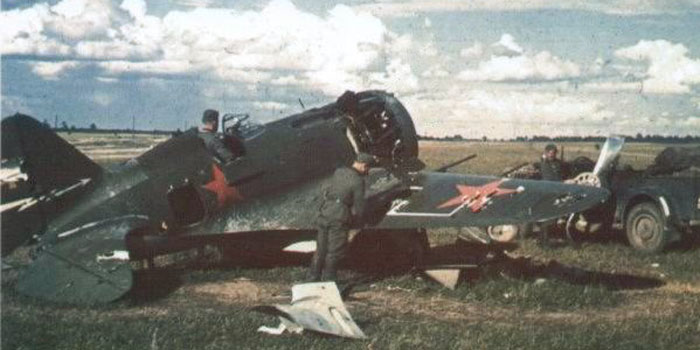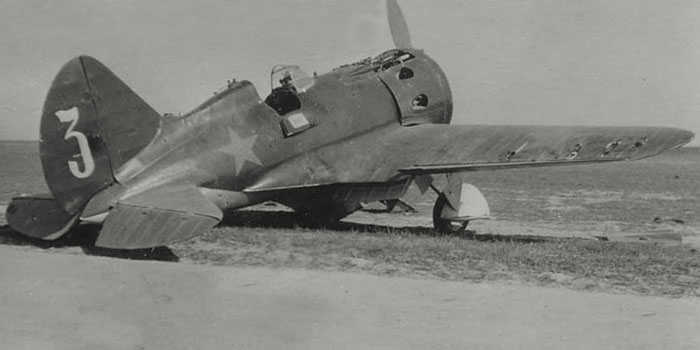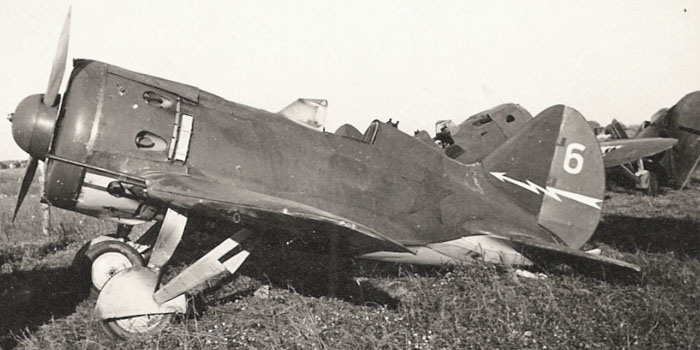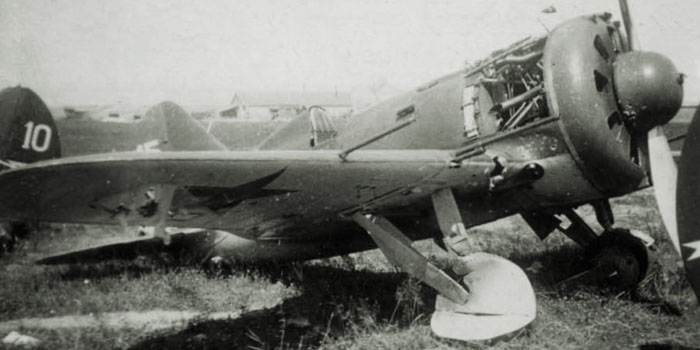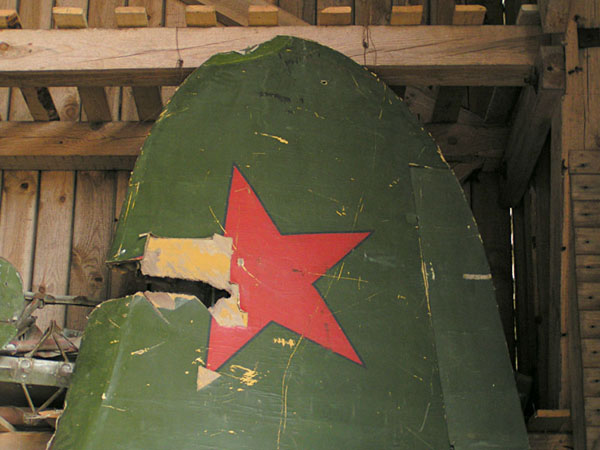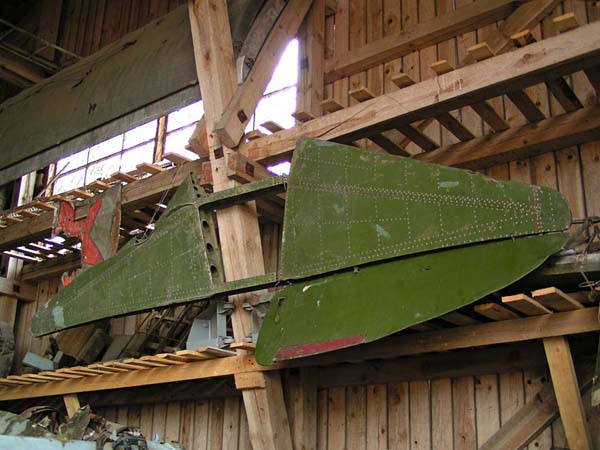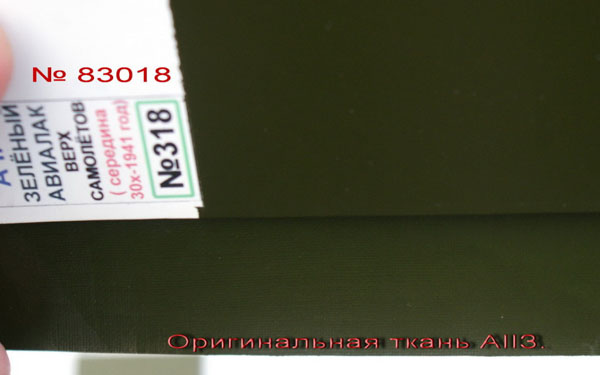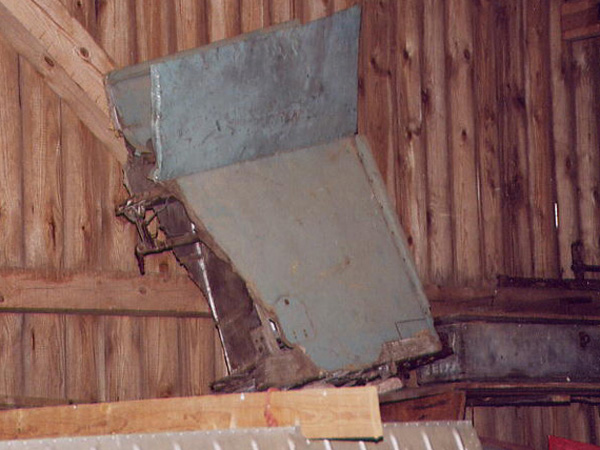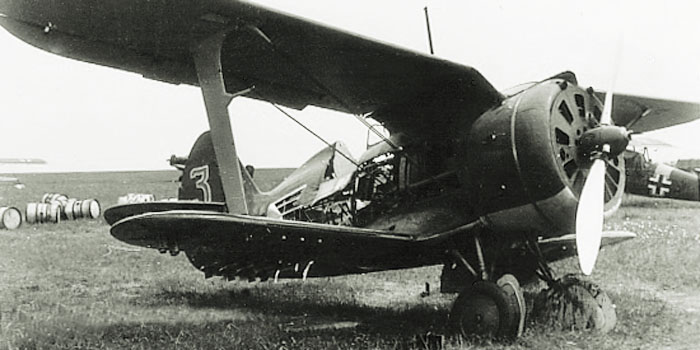
Some I-153s built in this period were painted in the grass green/light blue scheme, but the old silver/grey scheme looks to have applied also on at least some 1940-standard planes, delivered at the end of 1940.
In general, the green utilized on I-153s appears uniform both on metal and fabric surfaces, differently from other types.
Left:
a plane captured by Germans during Operation Barbarossa. The fabric skin on the fuselage sides looks vandalized by German souvenir hunters that have removed the star. It's hard to say if it was delivered by factory in the new livery, or repainted green on its uppersurfaces only when already delivered to the unit.
I-16s built in this period conformed to this standard: AII green for uppersurfaces and AII light blue for undersurfaces.
It's not clear if these paints were utilized on metallic parts too, or if they were painted with A-18f and A-19f alkyd paints. Some photos show a lighter shade on the metal parts (cowling, stabilizer root), suggesting that different paint could have been utilized.
Top left:
a rare color photo of an I-16 type 24 taken by Germans. The shade of green shown is darker than the original one.
Left:
a photo of an I-16 type 24 with some damage. Note the still gloss finish. Paints became matt with ageing.
Left below:
a line of I-16s of many versions captured by Germans at the war outbreak. Note the prewar use to paint bort numbers on the rudder.
Left down:
an I-16 type 28.
I-21

The prototype Pashinin I-21 (or IP-21, to distinguish it from a previous project) made its first flight on June 1940. Three prototypes were built, both with Klimov and with Mikulin engines, but they were abandoned in favour of other types.
The painting is AII green overall, with AII blue undersurfaces. Stars were positioned according to prewar standard. Red 21 and a red arrow were painted on its fuselage. The
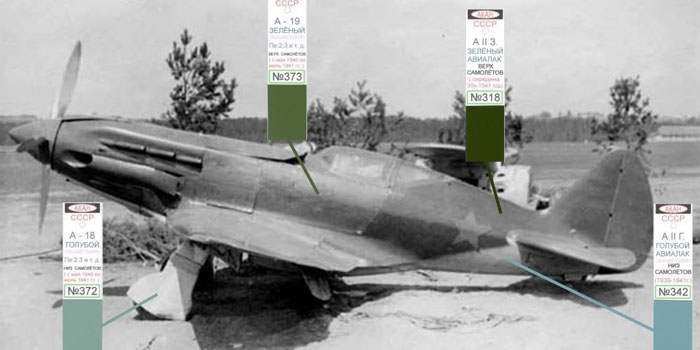

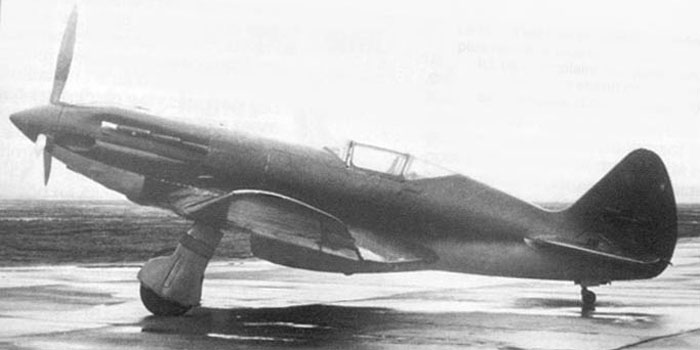
MiG-1s and MiG-3s were usually painted with different colors on metal-skinned parts and fabric-skinned ones, and the difference, scarcely visible in Russian photos depicting brand new planes, becomes much evident in photos of Gerrman origin depicting weathered planes; the difference becomes striking in planes abandoned by a long period, and is perhaps due to the tendency of A-19f paint to fade more quickly.
(photo elaboration by Konstantin Lesnikov)
Below: image of parts of MiG-3 preserved in Vesivehmaa. The different shade between metallic parts (tail, frame around the position light) and wooden part (wing panel) is evident. Strangely, the fabric-skinned elevators looks painted with the same shade of the metallic stabilizators.
According to this link , the undersurfaces of these pieces are of the same shade of blue, both wooden and metallic, and the name of the paint could be AE-14.
Image courtesy of Martti Kujansuu
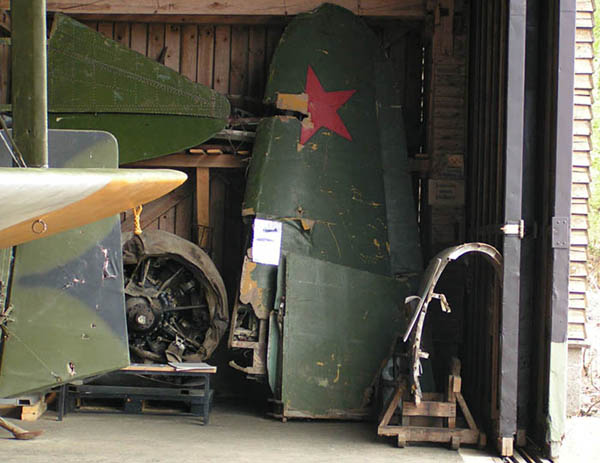
left:
some brand new planes and prototypes appear of uniform color on factory photos; in general, no any photo of Soviet origin shows different shades between wooden and metallic surfaces when painted. This could mean that the colors on metal and wooden parts (A-19f and AII green) were very close when new.
Yak-1 early
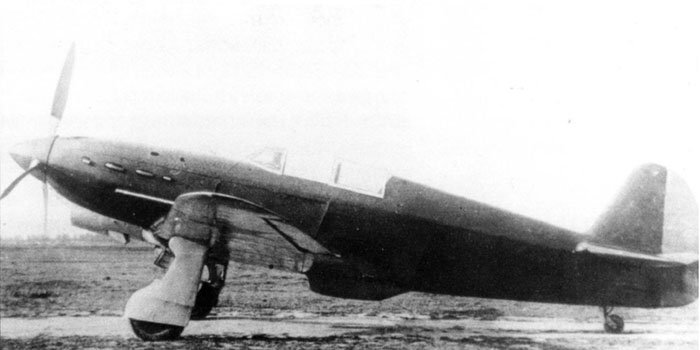
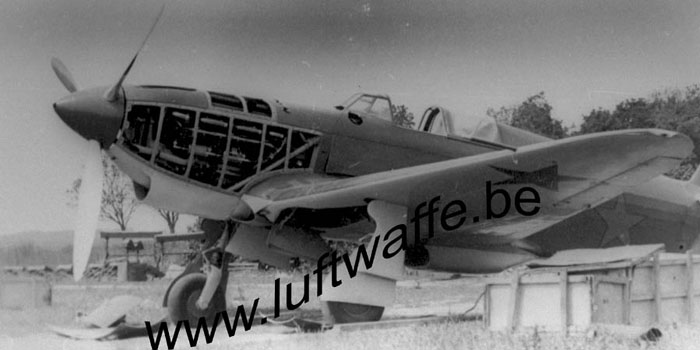
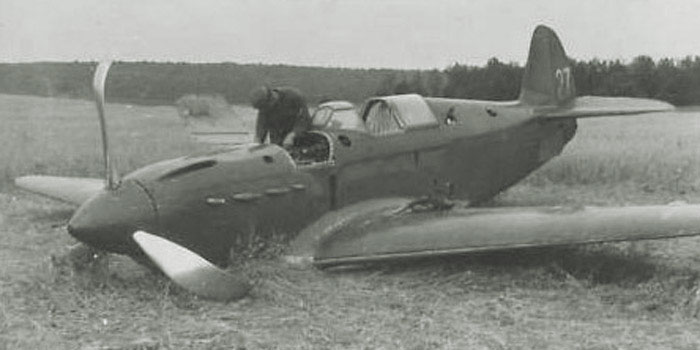
Photos of this standard of paint on Yak-1s are very rare, because it switched to camouflage quickly.
Above left:tThis photo of I-26 c/n 0209 was taken on 31 october 1940.
Left:
the clearest available image of an early Yak-1 captured by Germans. The uniform green uppersurfaces are evident. Note the black outline on stars.
Left down:
another image of an early Yak-1 n.27 with prewar scheme captured by Germans in 1941. Note the barely visible red stars on wing uppersurface and fuselage sides, while none is visible on tail.
Yak-2 and Yak-4
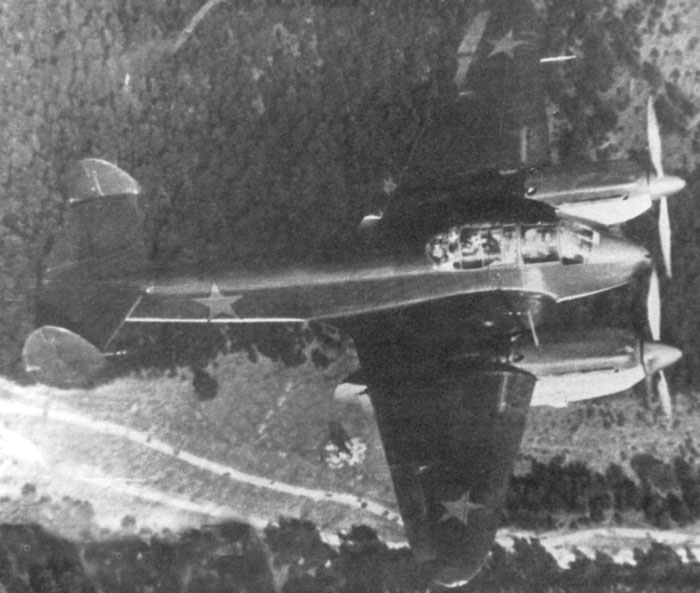
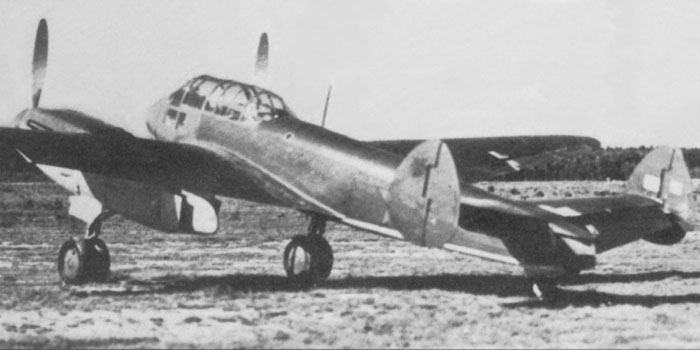
Yak-2 and Yak-4 were produced in 1940/1941, and conform to the standard green/light blue painting of the period.
On photos, when the planes were new, the colors appear uniform, while the colors on aged planes fade in different way between fabric-skinned, wood-skinned and metal-skinned parts.

Late SB M-103 built in this period and all their followers, Ar-2, were painted with A-18f and A-19f paints .
Top left:
an Ar-2; all of these came out of the factory painted with the new livery.
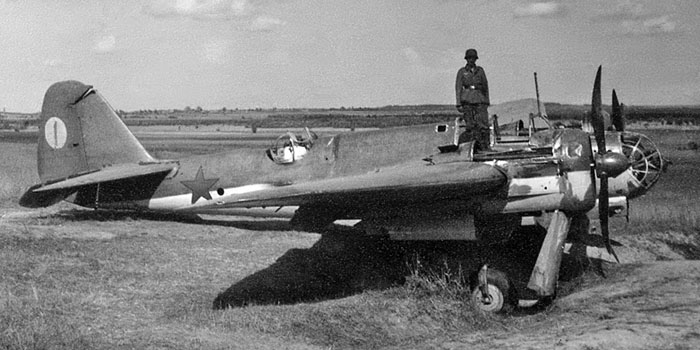
Below: this SB with frontal radiator and MV-3 turret, windscreen mounted antenna mast) is a good example for May 1940 scheme. This plane was made after August 07 1940.
image by Piotr Biskupski
U-2

Being in production since 30s up to after the war's end, it's difficult to know if this plane photographed in summer 1941 is painted according to the pre-1937 standard, 1937/40 or to 1940/41 ones, differing mainly for the color of undersurfaces.
Note the presumably red 1 on the rudder, the typical position of bort numbers before the war.
Certainly it had red stars on the fuselage (stolen by souvenir hunters), above and below the wing surfaces.
Su-2
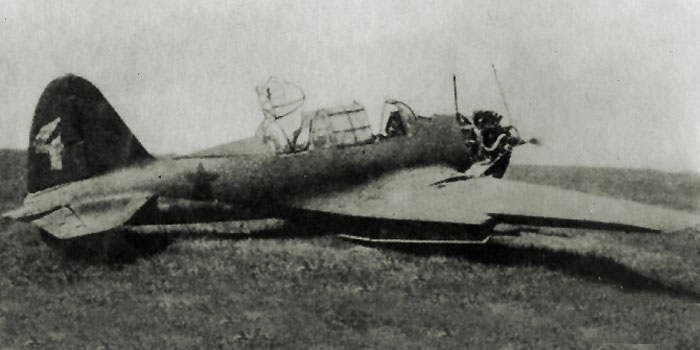
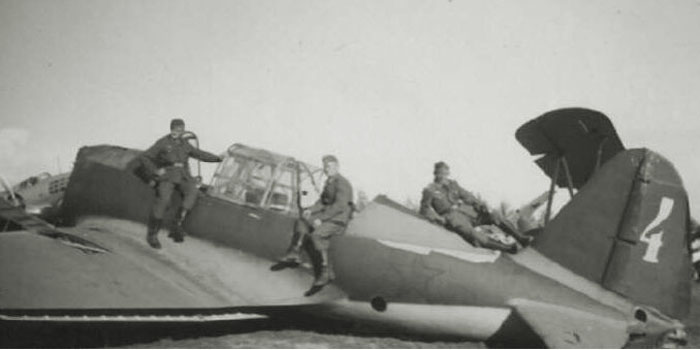
Early Su-2s were mixed costruction planes; metal parts painted with A-18f and A-19f paints, while wooden/fabric skinned ones with AII green and light blue.
Top left:
Unfortunately, it's difficult to find photos of early operative Su-2s in good condition, forthemost photos are of planes wrecked by Germans as this one lacking of the engine cowling.
Down left:
Light patches on fuselage are due to German souvenir hunters that ripped
off some of the fabric covering the wood skinning, showing the yellowish
nitroputty covering the wood.
As for MiG-3, metal parts fade more quickly with ageing.
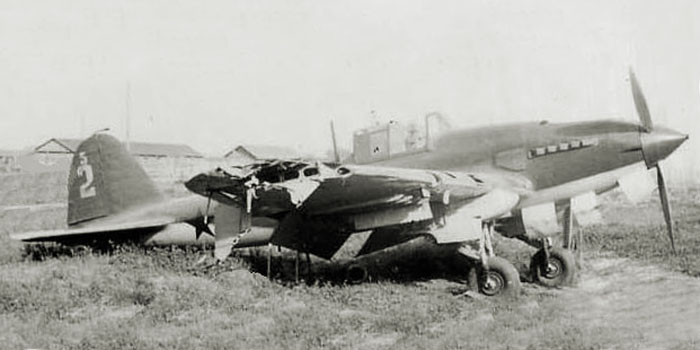
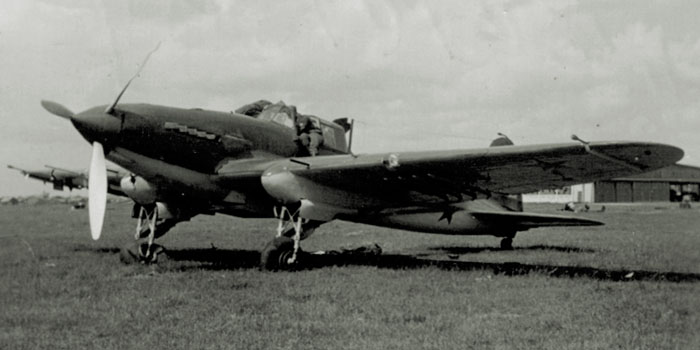

Top:
very early Il-2s, of all-metal construction, were painted with A-18f and A-19f paints.
down:
later Il-2s with wooden rear fuselage show the different shade of it, painted with AII green and AII light blue.
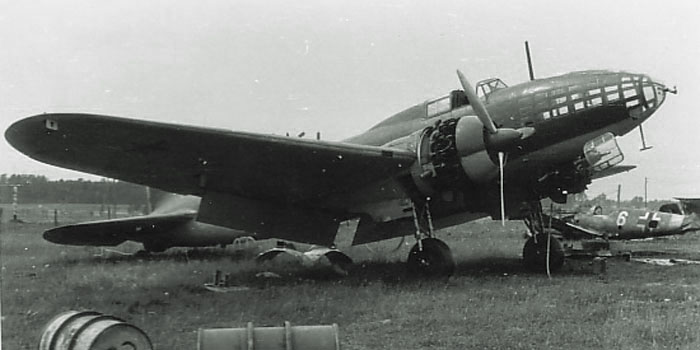
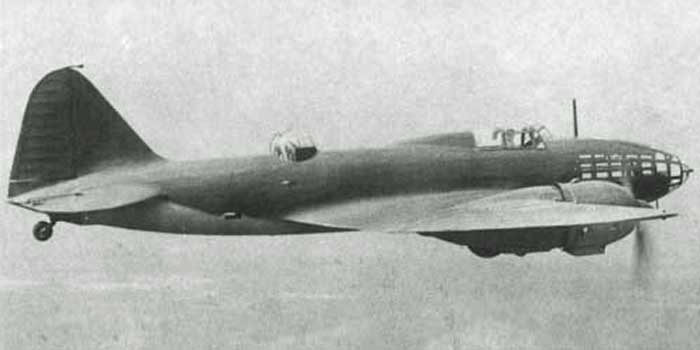
New DB-3F conformed to the new standard for metal planes: A-18f and A-19f.
Some already built planes could have been repainted in the new scheme, but the most part of DB-3 and DB-3f preserved the original aluminium livery till the war outbreak.

TB-7 n.42015 at state tests in spring 1941. Being an all-metal plane, it was painted with A-19f green and A-18f light blue, with six plain red stars.
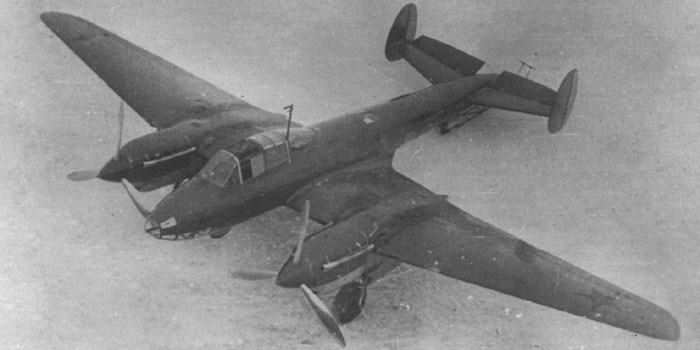
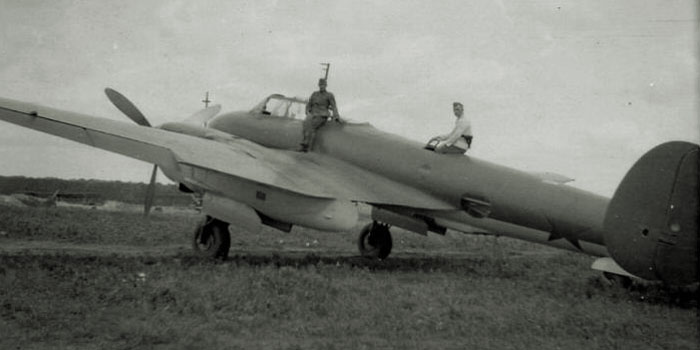
Early Pe-2s, being all-metal planes, were painted with A-18f and A-19f paints. The prop blades were unpainted.
Above:
a factory photo, showing the uniform green uppersurfaces and the stars over wings, as usual in this period.
Below:
an image of an early Pe-2 captured by Germans at the war outbreak. As usual on prewar planes, there was not any star painted on the tail.
